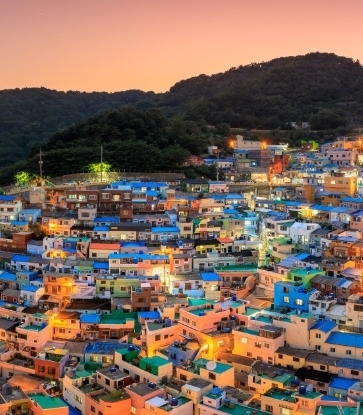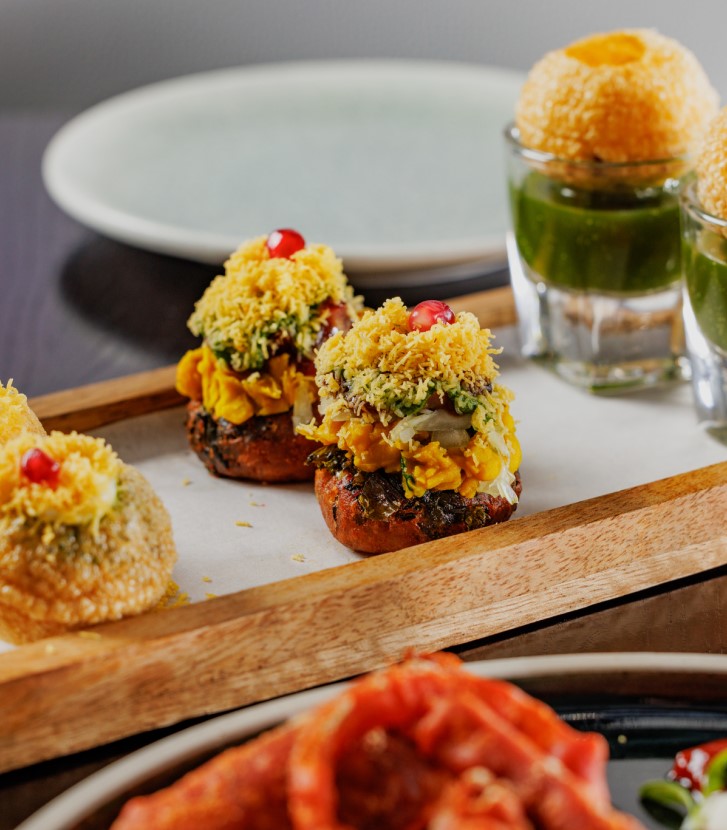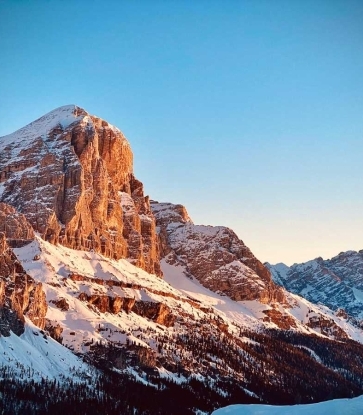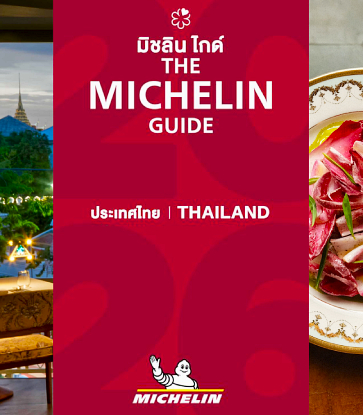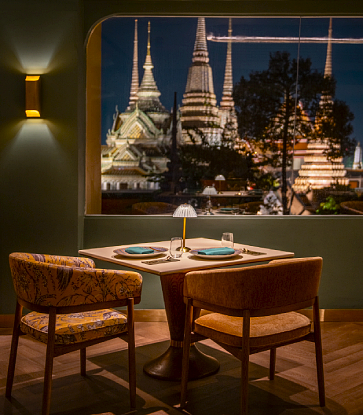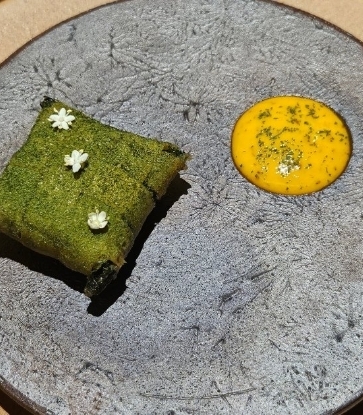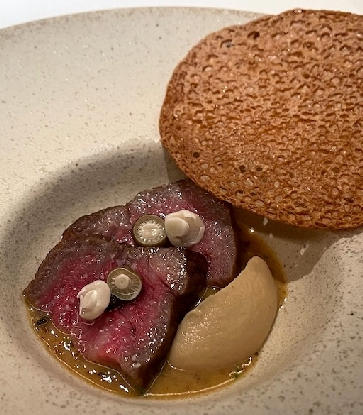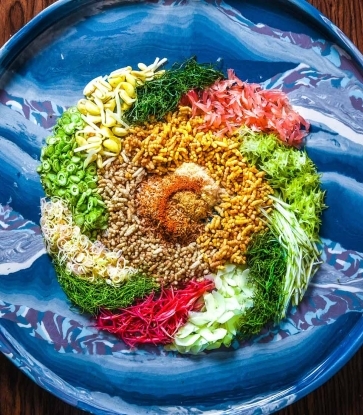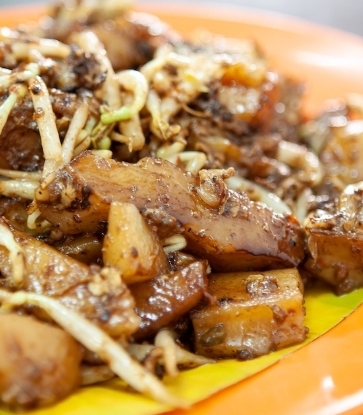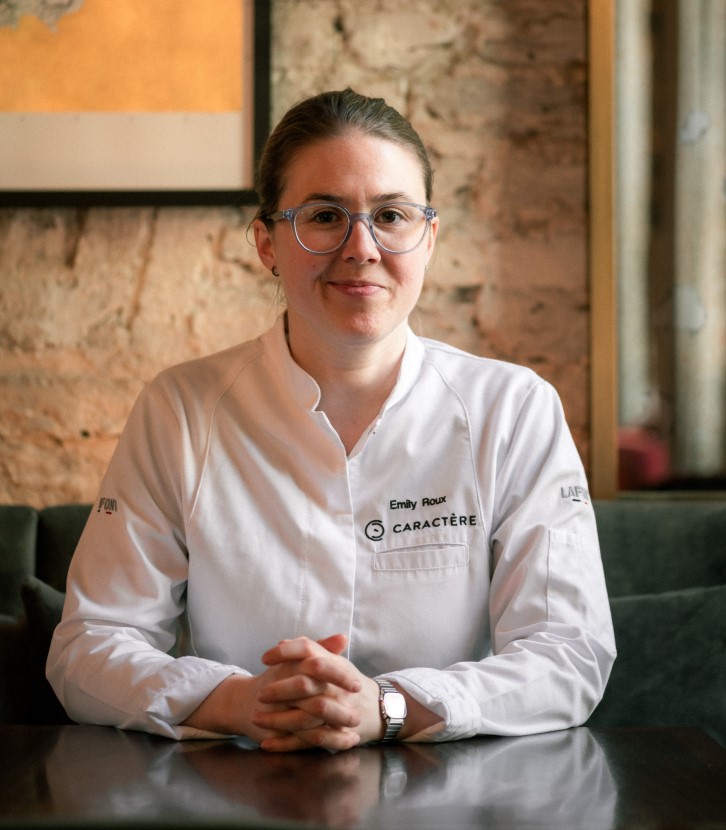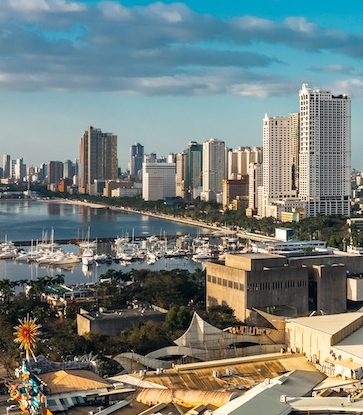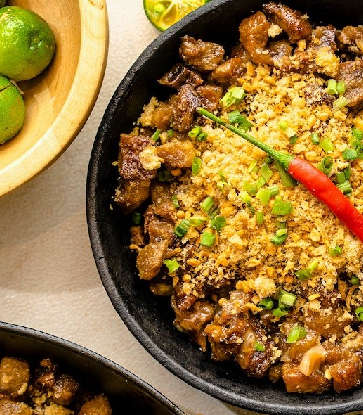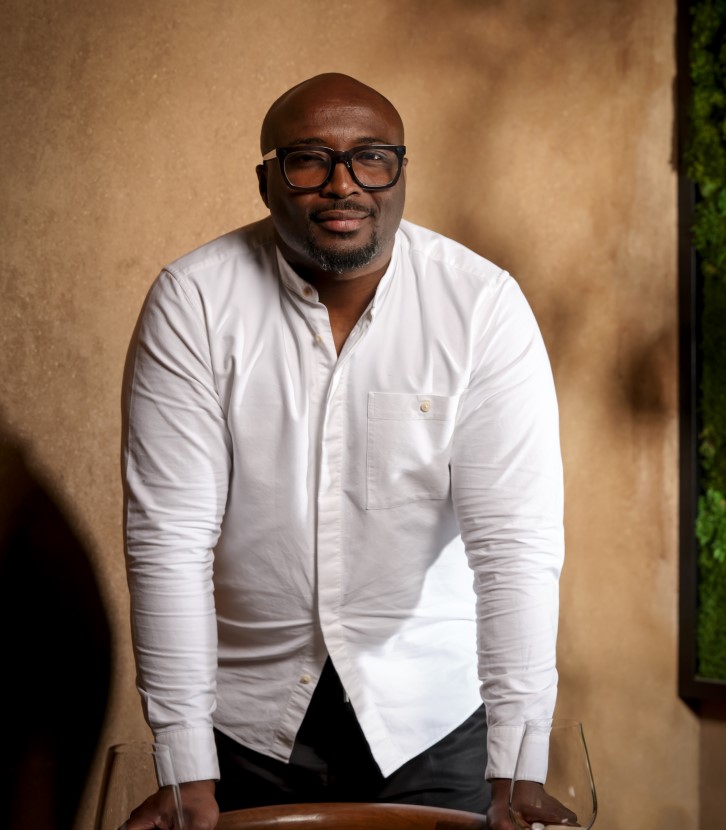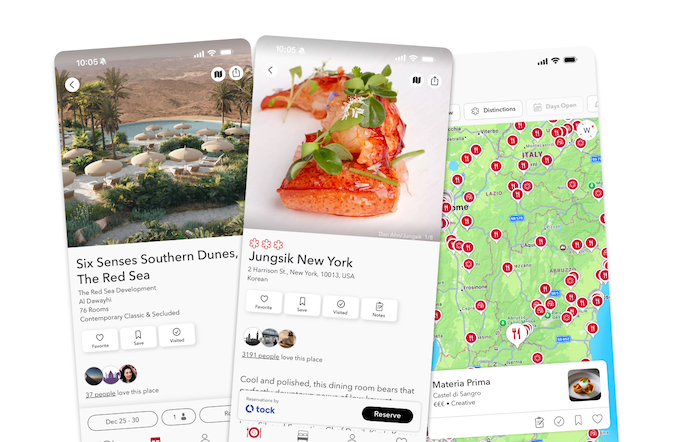The U.S. Open, underway from August 24 until September 7, has quietly evolved into an ambitious culinary event. This year's concessions feature food from four MICHELIN-recognized chefs who are adapting their restaurant knowledge to a bigger stage, selling food to more than 700,000 hungry tennis fans.
Below, we dig in to what's being served off the court.
José Andrés, whose Two-MICHELIN-Starred minibar in Washington D.C. is a culinary laboratory where nothing is ever quite what it seems, is taking a decidedly different approach at the Dobel Tequila Club through his Bib Gourmand Oyamel concept. "You know what a stadium is? Not just a place to see a great concert or the best athletes in the world compete,” Andrés says. “It is a giant kitchen." At Dobel Tequila Club, you can find Yucatán-style cochinita pibil tacos paired with cucumber-smashed tequila cocktails.

The challenge of translating fine dining to mass hospitality in a stadium setting reveals itself most clearly in the details. Masaharu Morimoto, whose One-MICHELIN-Starred Kaiseki Morimoto in Nara showcases intricate Japanese technique, returns to the Aces seafood station with his philosophy that ingredients are the priority, regardless of the setting. "Even something as simple as rice — if the rice isn't right, the entire dish changes," he explains. "I make sure every bite starts with good products. That focus is the same, whether in my kitchen or at the U.S. Open." You can try his sushi at the stadium-based reservations-only restaurant, Aces.

Simon Kim, the restaurateur of One-MICHELIN-Starred COTE, has perhaps the most complex and buzzy operation, running both a streamlined "CQDQ" version of his Bib Gourmand COQODAQ in Food Village and the full concept in Arthur Ashe Stadium's club level. His viral chicken nuggets topped with Petrossian caviar and accompanied by crème fraîche, chives and daikon radish, embody his approach to stadium dining. "Tennis is like country club sports, but it's available to everybody,” he says, adding that he was focused on integrating a high-low concept. “Topping our chicken nuggets with some of the best caviar in the world creates this one-of-a-kind experience."
But Kim insists on avoiding gimmicks. His nuggets use pasture-raised chicken, naturally gluten-free rice flour batter and oil made from Brazilian sugarcane. "If you don't do that, then just get a fried chicken and top it off with a sexy, expensive ingredient. I feel like that's really gimmicky,” he says. “We didn't want to do that.”
Kwame Onwuachi, whose MICHELIN-recommended Tatiana celebrates Afro-Caribbean cuisine, brings slow-braised oxtail and Dungeness crab rangoons to the Aces station. His approach centers on accessibility without compromise: "You don't have a chance to tell people your story or explain the nuances of the dish, so you have to make sure it tastes good, make sure it's approachable and make sure it's fun and it represents you."

Related Reads:
The operational logistics alone are staggering. Kim's team hand-makes every chicken nugget in his restaurant kitchen, freezes them, sends them to vendors, then buys them back to maintain quality control for a quarter-million servings. "Everything, every single one of them, is made by hand in my restaurant," he notes.
For Morimoto, serving stadium crowds versus intimate restaurant guests requires different strategies but identical standards. "At the restaurant, I can focus on each plate. At the stadium, I want everyone, even in a big crowd, to taste the sushi I care so much about," he says. "I look for ways to keep the flavor and spirit of a dish but make it easy to eat and quick to serve. I adjust some details to fit the format, like using more portable packaging, but never sacrificing the quality of ingredients."
This stadium experimentation represents a larger movement. "Great food should be everywhere,” Morimoto says. “I believe great food is for everyone, not just high-end restaurants. Bringing high standards to casual spaces means we respect all guests no matter where they are eating."
Onwuachi echoes this philosophy: "If they wanted stadium food, then they would have just continued with that,” he says. “It's really about bringing our restaurants in here and not thinking about how we can fit into a mold."
The U.S. Open's culinary program suggests that the future of casual dining may not be about dumbing down techniques, but rather about smart adaptation. These chefs are proving that excellence travels well, as long as it has the right packaging, logistics and most importantly, an unwavering commitment to the fundamentals that earned them their recognition in the first place.
Adobe Stock / Augustas Cetkauskas




